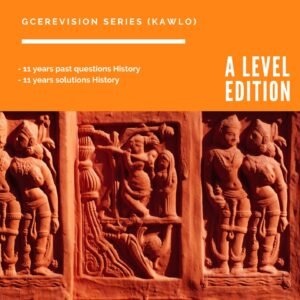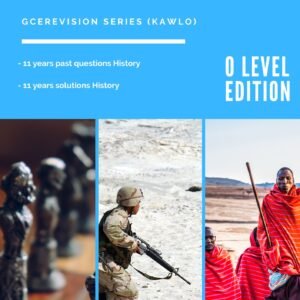chapter4: christian missions in cameroon
The introduction of christianity in Cameroon was carried out by the English Baptist Missionary Society (EBMS) founded in 1782. In 1007 slave trade was made illegal in Britain and in 1833 the British parliament passed an act abolishing slavery and slave trade in the British empire. As a result, the British government took stepps forward to stop the trade in its main possesions in West Africa. In
- The British naval squadron should intensify its attack on the coast of West Africa while the co-operation of the interior chiefs against the slave trade be secured by signing anti-slave trade treaties.
- Legitimate or lawful trade should be encouraged as a substitute to the trade inhuman beings.
- The indigenous people of West Africa should be taught modern European skills so as to belp them produce legitimate trade goods
- The people of West Afriea should be Christianized.
Buxton’s programme commonly called the “Bible and the plough” was elaborated and published under the title “African Slave Trade and its Remedy”. As a result, early in 1839, thousands of Christian Negroes in Jamaica expressed the desire to come to come to Africa to spread the religion to their relatives as well as stop the evil slave trade.
In 1840, London agreed to Jamaica’s request to begin an English Baptist Mission in the Bight of Biafra in the lower Guinea coast of West Africa. The Baptist Missionary Society intended to take advantage of a planned British expedition which intended to open up the interior of the territory traversed by the great River Niger to missionaries and traders to begin a mission in what became Nigeria. The society then sent from Jamaica two English missionaries, John Clarke and Dr. G.K Prince to Fernando Po where they were expected they were to join the Niger expedition when it called there. Clark and Prince started off for Fernando Po on 13th October 1840 and arrived at Santa Isabel (Clarence) on 1st January 1841. The Niger expedition failed to turn up and the two Baptist missionaries began work on the Island. While they were at Fernando Po they visIted the Cameroon coast and established contacts with King William of Bimbia and King Bell of Douala discussed with them the idea of beginning a Baptist Mission in their country.
The discussions with King William of Bimbia were not very encouraging. At first the king welcomed the two missionaries and allowed them to talk about their religon but would not allow them to settle in his territory. When Clarke and Prince visited again the king was less cooperative and told them frankly that they were interfering in the trade and business of the town by always asking people to assemble for prayers and the word of God. King William said that he had more important things to do other than listen to preaching and that he would always have many wives. At the time Bimbia and Douala were the two most populous and busiest towns on the Cameroon coast.
In 1842, John Clarke and Dr Prince returned to Jamaica to recruit more missionaries and assistant missionaries and also to select lay black Baptists who would settle in Fernando Po. They visited England to inform the Baptist Missionary society about the church in Fernando Po and their visits to Bimbia and Douala. Before theirdeparture they left bebind to care for the young chureh on the Island Thomas Stargeon who came to Fernando Po in February 1842. The first group of recruits and settlers arrived in Santa Isabel with Joseph Fuller, Joseph Merrick and Dr.Prince in 1843. The second group came in 1884 with Alfred Saker and Rev.John Clarke.















Ketum zacheous
February 17, 2023
Very very interesting . But why is it that the kings in cameroon really refuse to seccump under the missionaries?